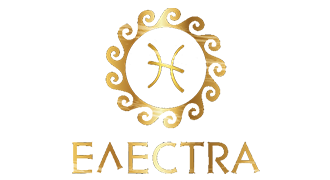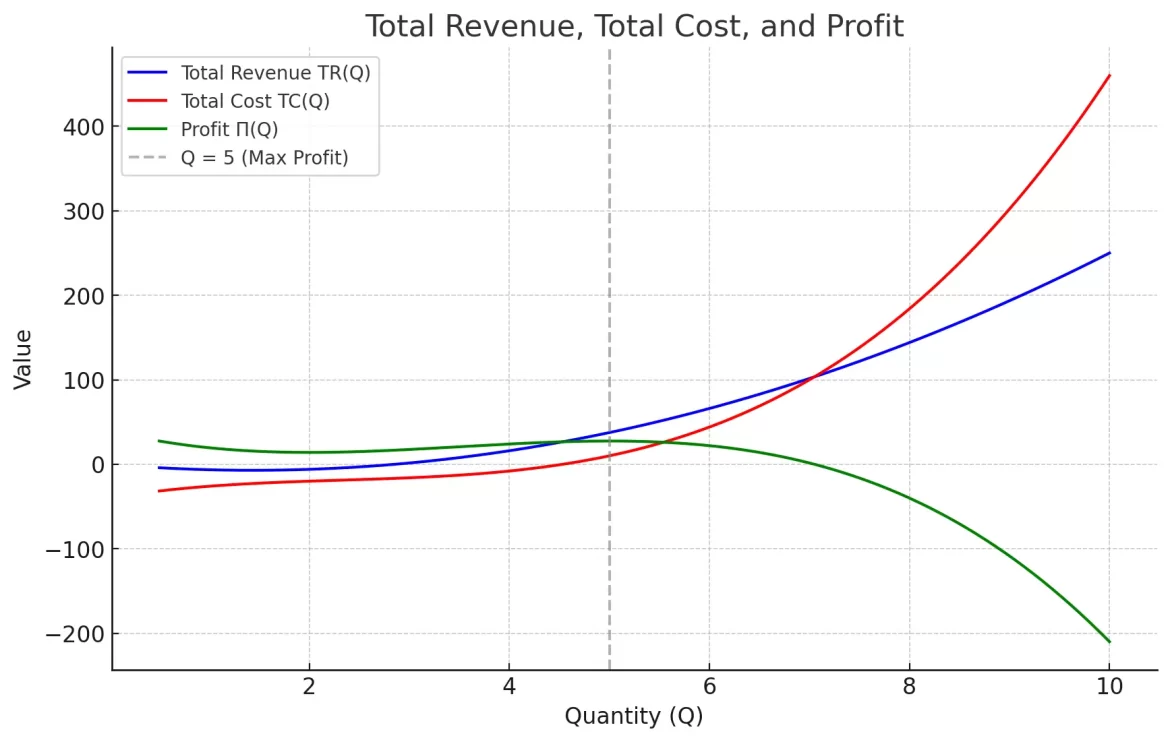Monopoly Cost, Revenue, and Profit
A monopolistic firm faces the following marginal revenue function:
and the marginal cost function:
The firm has a fixed operating cost of 100 currency units and receives a government subsidy of 140 currency units (independent of production). The firm has no other revenue or costs beyond the sale of its product.
Questions
(a) Determine the total cost function and the average cost function .
(b) Determine the total revenue function .
(c) Determine the total profit function .
(d) Find the quantity of output that maximizes the firm’s profit.
Solutions
(a) Total Cost and Average Cost
We are given the marginal cost function:
To find the total cost function, integrate with respect to :
The fixed cost is 100 and the firm receives a subsidy of 140. That gives a net fixed cost of:
So the total cost function is:
The average cost function is:
(b) Total Revenue
We are given the marginal revenue function:
Integrate to get total revenue:
Since revenue is zero when , . So:
(c) Total Profit Function
Profit is revenue minus cost:
Simplify:
(d) Profit Maximization
To find the quantity that maximizes profit, take the derivative of the profit function and set it to 0:
Solve:
Divide through by -3:
To determine which gives a maximum, evaluate the second derivative:
- At : → local minimum
- At : → local maximum
✅ The firm maximizes profit at units of output.
Summary
- Total Cost:
- Average Cost:
- Total Revenue:
- Profit:
- Maximum profit is achieved when

